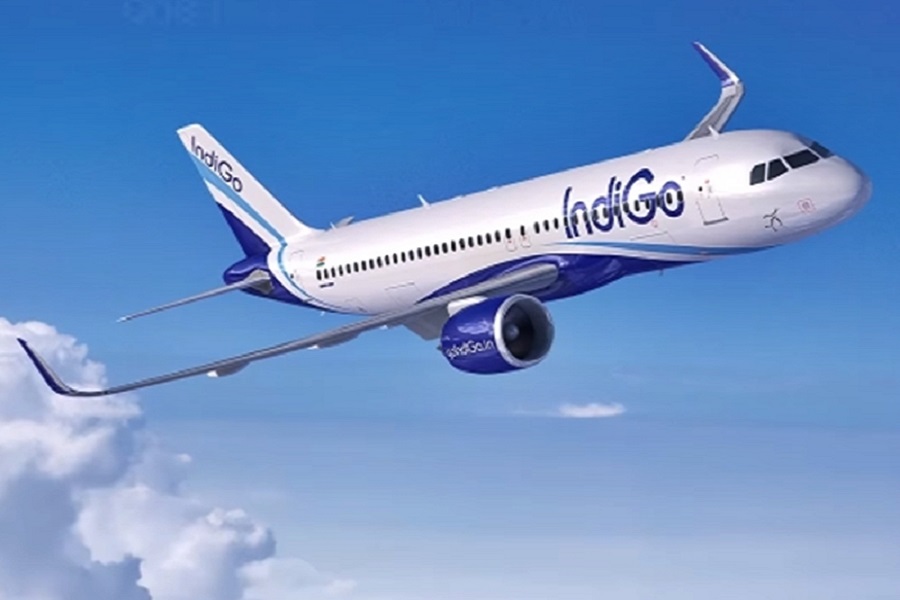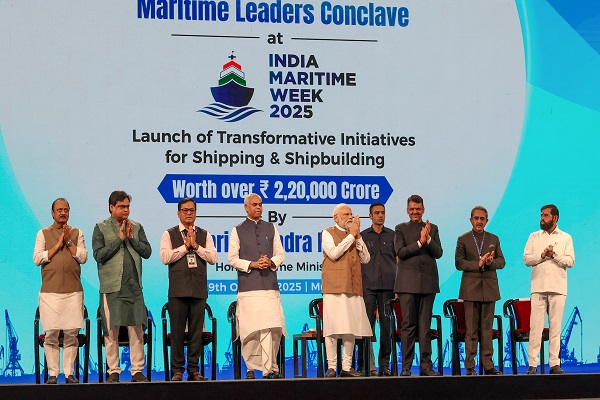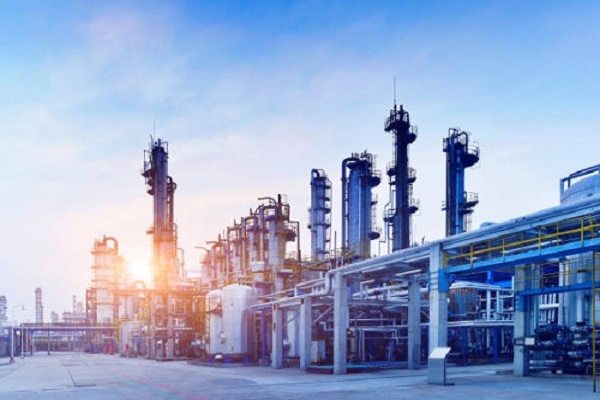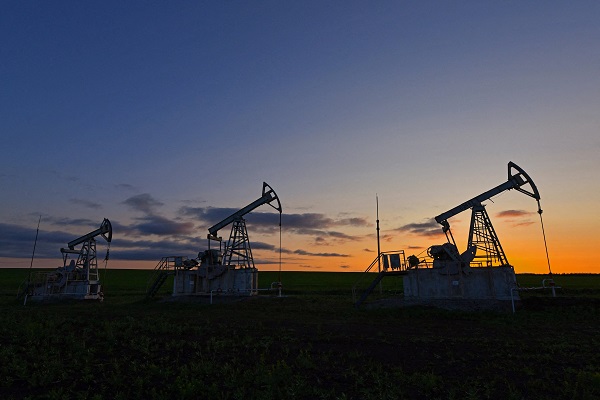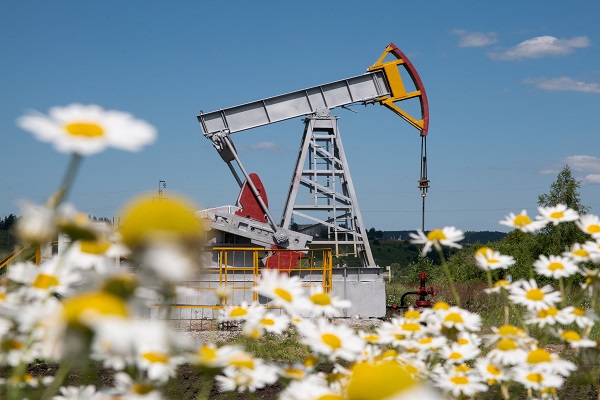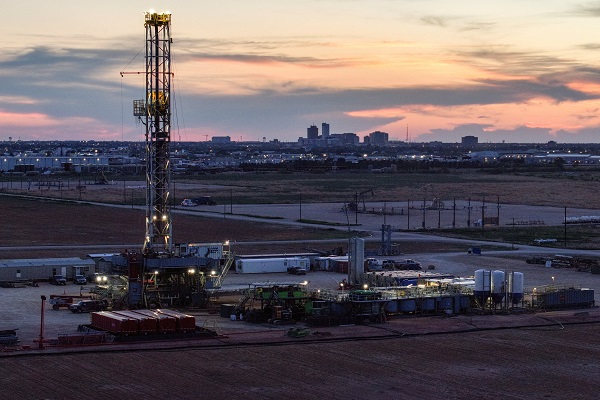Sector Update: LNG for transport - In germination mode By Emkay Global financial Services Ltd
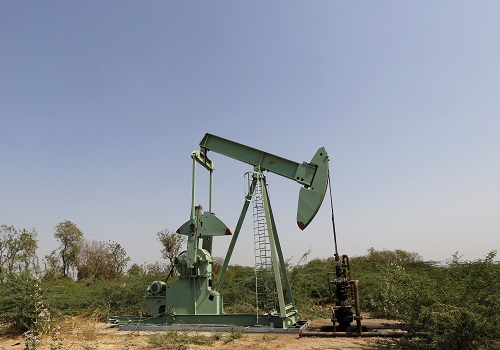
We believe a benign medium-term LNG pricing environment can be conducive for the LNG retail market (for heavy trucking-vehicle sector) to take shape in India. While China’s demand is stated to be 18-20mmtpa, India can also achieve 2-3mmtpa by CY30. The opportunity in India could be ~50K trucks serviced through ~400 LNG retail stations. At current diesel and LNG prices, cost economics place TCO of an LNG truck at 10-20% discount to diesel, which could be good enough to start with. However, network development remains a key precursor to scale. Players in the oil and gas chain can benefit from higher gas and LNG demand (PLNG and GAIL) and final sale (CGDs and OMCs). Small-scale LNG plants as a transit source should also expand. GAIL, in particular, has set up the first such unit in Vijaipur, while also announcing Rs6.5bn capex for LNG retail and aiming to achieve >50% market share in 5-6 years. LNG storage (Linde India, Inox India – not rated) will also be a growing area of opportunity.
A demand opportunity of 50K LNG-based heavy trucks & vehicles
Industry sources indicate ~4mn trucks-heavy vehicles are operating in India currently, out of which we estimate 1.0-1.5mn to be diesel MHCVs (>25 metric ton). Our channel checks suggest 3-5% of this can potentially be converted to/replaced by LNG by CY30, which roughly implies ~50,000 trucks, which Niti Aayog has also forecast (our auto team expects the total universe to grow slowly). Assuming 150kg/day fill (450km/day running), this translates into a demand of ~2.4mmtpa. Tata, Ashok Leyland, and Blue Energy are already offering LNG trucks, though pricing is not clear. Our checks, however, suggest it could be ~20% costlier than diesel at ~Rs6mn for heavy long hauls. Currently, China has an LNG fleet of >582K trucks with 4,800 stations having total volumes of 18- 20mmtpa. GreenLine is a logistics player which plans to invest Rs50bn in 6,000 trucks.
~400 LNG stations can come up by CY30, matching the 2-3mmtpa demand
The government has targeted ~1,000 LNG dispensing stations by CY30 across highways. We note that, as per the announced plans and our understanding, OMCs and GAIL-CGDs can set up 20-30 LNG stations each while other players can put 10-20 each p.a. under a conservative scenario. Hence, India could witness addition of 50-60 stations, totaling ~400 stations by CY30. This could again entail LNG demand of ~2.3mmtpa, assuming ~45 trucks get filled per day per station and each truck fills ~400kg per day. We believe station-level consumption could be scaled up by adding more dispensing points. An LNG station would cost Rs50-60mn (ex-land).
Competitiveness to diesel is reasonable now, but can be better
Assuming USD80/bbl oil and 12.5% LNG slope as base case, USD10/mmbtu of DES LNG price implies Rs59/kg as gas cost for the station, while our channel checks imply Rs10- 12/kg of opex, which may include transport cost and some retailer margins. A ~20% RoCE per station implies a Rs3.5/kg of additional margin, under which scenario, retail LNG can be priced at ~20% discount to diesel while TCO could be ~10% lower. However, mileage and maintenance of an LNG vehicle could be better (we have assumed same as diesel based on Niti Aayog’s report though OEMs claim better rates), under which scenario LNG TCO can be 20% lower than diesel. In terms of storage requirement, each LNG retail station could use one tank of 56kl (or 25 ton or 2 days cover) capacity (same could be two also if the station is bigger). GAIL’s small scale LNG in Vijaipur has two tanks with 56kl capacity each. Cost of a 56kl tank is ~Rs10mn.
Above views are of the author and not of the website kindly read disclaimer



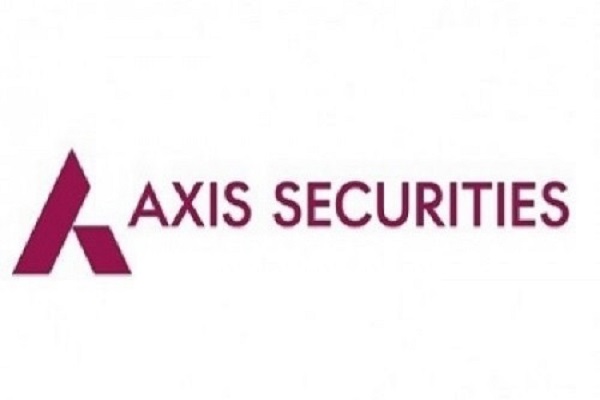






More News

Automobile Sector Update : CG2025 takeaways?contrasting trends - kotak Institutional equitie...

